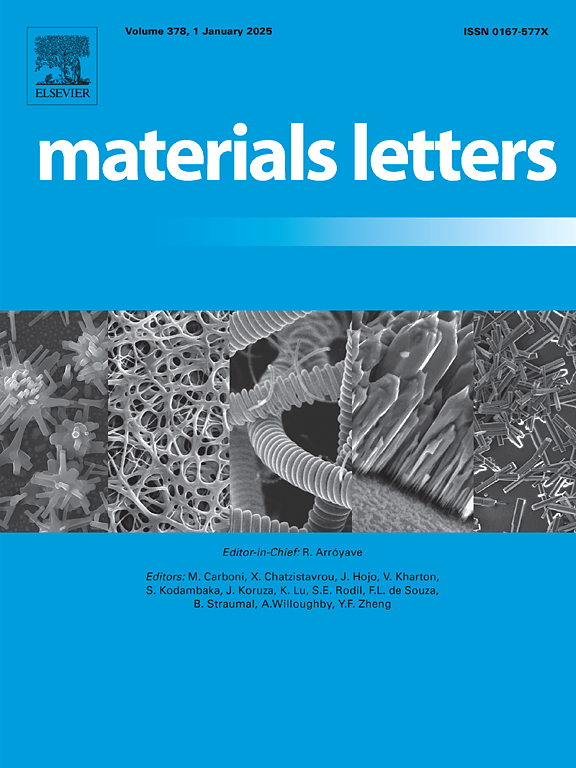Slurry and cavitation-erosion resistance of steel-ceramic composites manufactured using in-situ and ex-situ techniques
IF 2.7
4区 材料科学
Q3 MATERIALS SCIENCE, MULTIDISCIPLINARY
引用次数: 0
Abstract
Steels reinforced with ceramic phases such as WC, TiC, ZrO2, and Al2O3 were tested for cavitation- and slurry-erosion resistance. These composite materials were produced using in-situ (reactive infiltration, the syntheses of primary carbides during the metallurgical process) and ex-situ (non-pressure infiltration) techniques. The microstructure and hardness of the composite materials were investigated. The ceramic phases increased the hardness by 200–350 HV1-10s. Erosion tests showed that the manufactured composite materials had higher wear resistance as compared to cast steel. In contrast, each of the composite materials showed lower resistance to cavitation-slurry erosion when compared to the cast steel.
用原位和非原位技术制备的钢-陶瓷复合材料的浆液和抗空蚀性
用WC、TiC、ZrO2和Al2O3等陶瓷相增强钢进行了抗空化和抗浆料侵蚀的测试。这些复合材料是采用原位(反应渗透,在冶金过程中合成原生碳化物)和非原位(无压力渗透)技术生产的。研究了复合材料的显微组织和硬度。陶瓷相使硬度提高200-350 HV1-10s。冲蚀试验表明,复合材料的耐磨性优于铸钢。相比之下,与铸钢相比,每种复合材料对空化-浆液侵蚀的抵抗能力都较低。
本文章由计算机程序翻译,如有差异,请以英文原文为准。
求助全文
约1分钟内获得全文
求助全文
来源期刊

Materials Letters
工程技术-材料科学:综合
CiteScore
5.60
自引率
3.30%
发文量
1948
审稿时长
50 days
期刊介绍:
Materials Letters has an open access mirror journal Materials Letters: X, sharing the same aims and scope, editorial team, submission system and rigorous peer review.
Materials Letters is dedicated to publishing novel, cutting edge reports of broad interest to the materials community. The journal provides a forum for materials scientists and engineers, physicists, and chemists to rapidly communicate on the most important topics in the field of materials.
Contributions include, but are not limited to, a variety of topics such as:
• Materials - Metals and alloys, amorphous solids, ceramics, composites, polymers, semiconductors
• Applications - Structural, opto-electronic, magnetic, medical, MEMS, sensors, smart
• Characterization - Analytical, microscopy, scanning probes, nanoscopic, optical, electrical, magnetic, acoustic, spectroscopic, diffraction
• Novel Materials - Micro and nanostructures (nanowires, nanotubes, nanoparticles), nanocomposites, thin films, superlattices, quantum dots.
• Processing - Crystal growth, thin film processing, sol-gel processing, mechanical processing, assembly, nanocrystalline processing.
• Properties - Mechanical, magnetic, optical, electrical, ferroelectric, thermal, interfacial, transport, thermodynamic
• Synthesis - Quenching, solid state, solidification, solution synthesis, vapor deposition, high pressure, explosive
 求助内容:
求助内容: 应助结果提醒方式:
应助结果提醒方式:


